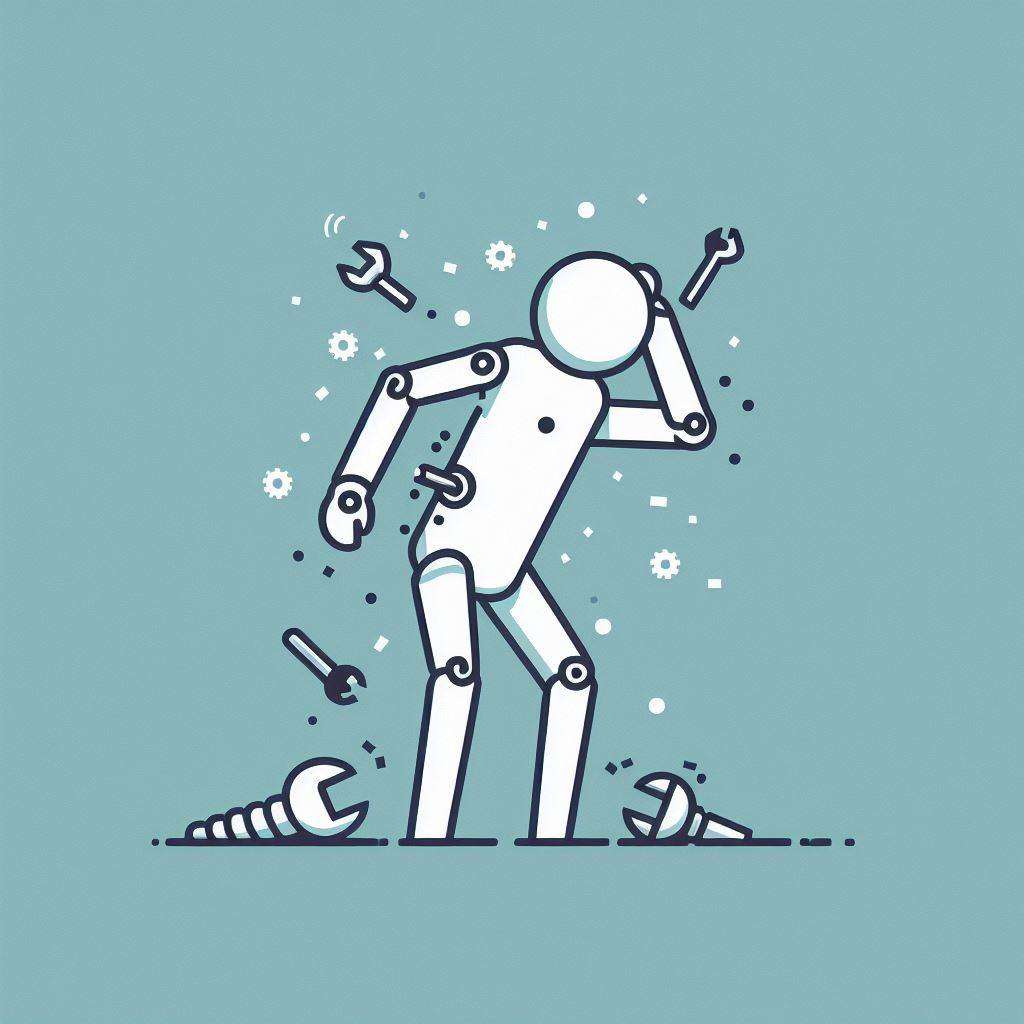For the last 200-300 years there’s been something called regression statistics, a regression algorithm that relates known, pre-defined things (‘today is Friday’) to knowledge about other things (‘you use LinkedIn’).
But with machine learning we get into Bayesian algorithms, which means you don’t need a human to pre-define what’s important. Instead, the computer looks at tons of variables and finds hidden correlations.
The result is that you can really find all the little details that somehow add up for you to open LinkedIn today.
Machine learning (ML) is where relational DDBB was in the 90s. Everyone knew it would be useful for essentially every business, but very few companies had the ability to take advantage of it.
And most importantly, there was the extended myth that only big companies could actually benefit from this technology. But things like Windows were about to come along and enable all sorts of applications and functionality based on relational DDBB for all sizes of business.
Instead of planning patterns, ML makes the machine learn new patterns. This frees you from the expert book created by someone, but it needs tons of good unbiased training data to be trained properly.
The biggest challenge in ML is finding good unbiased training data. This labelled and good data comes in the form of online content, personal data, transactions, etc. and this is why more and more people are talking about data as the new gold.




